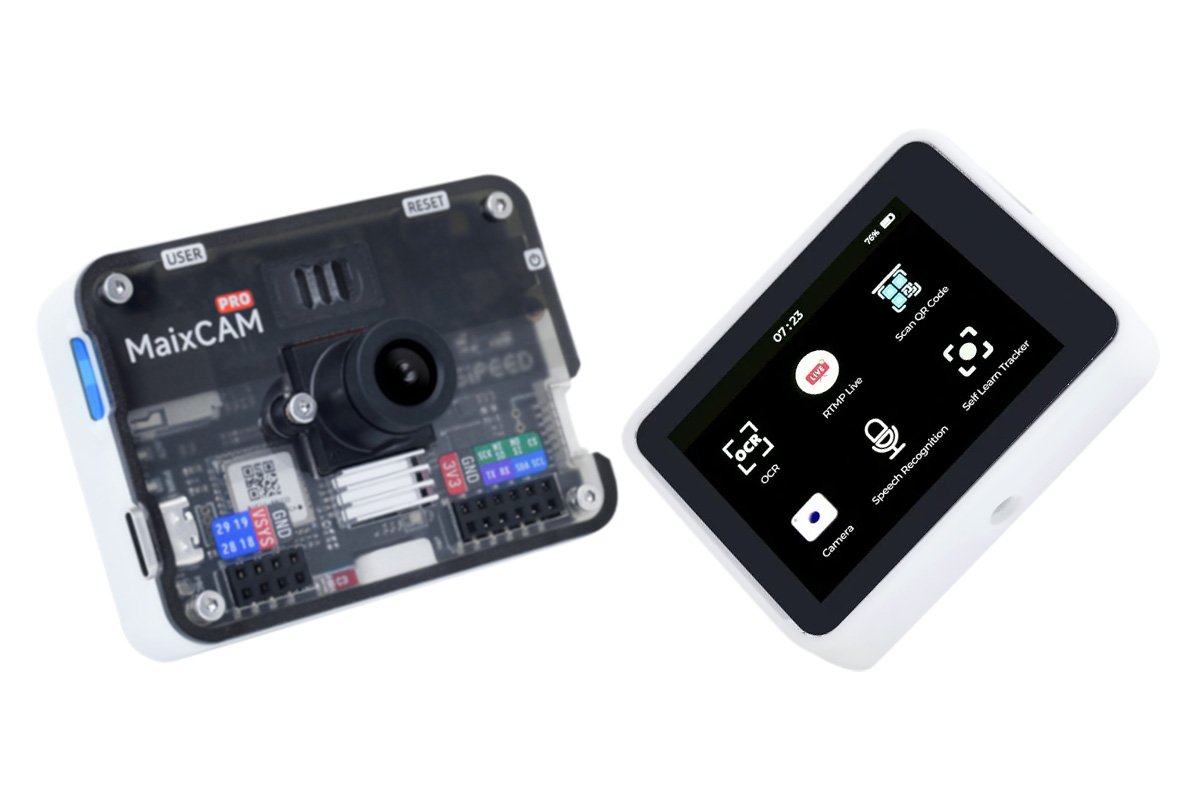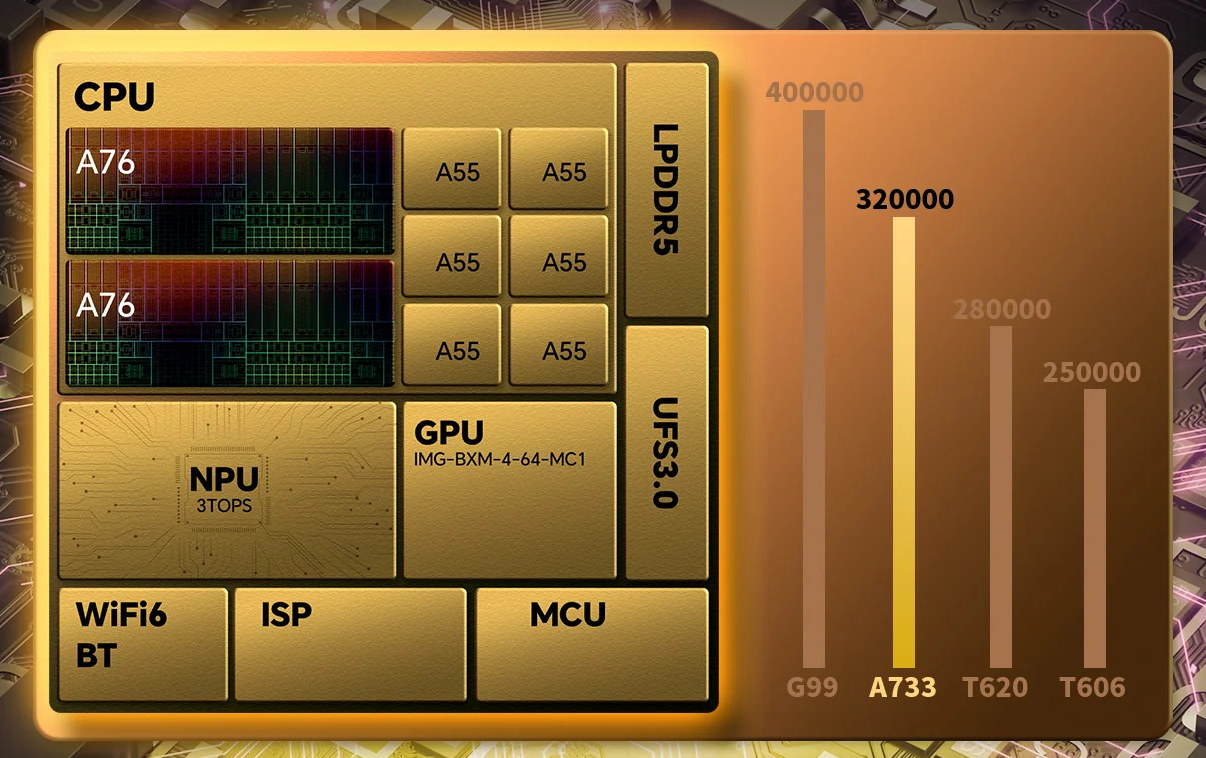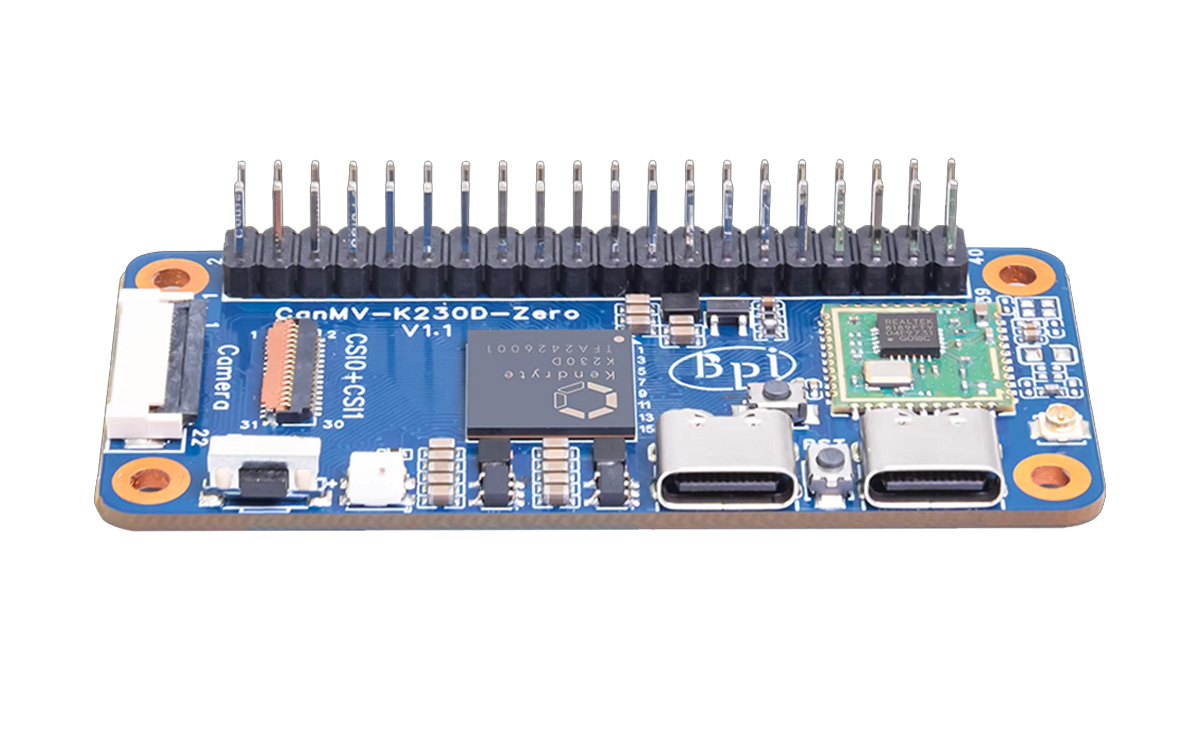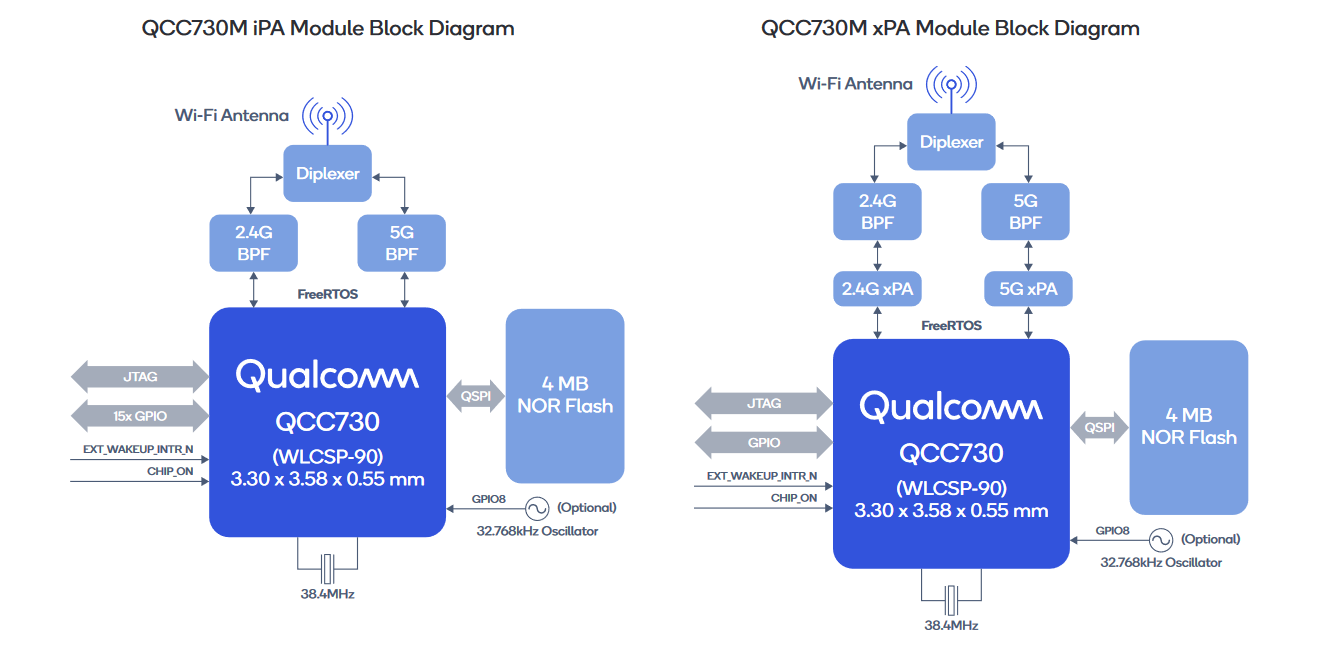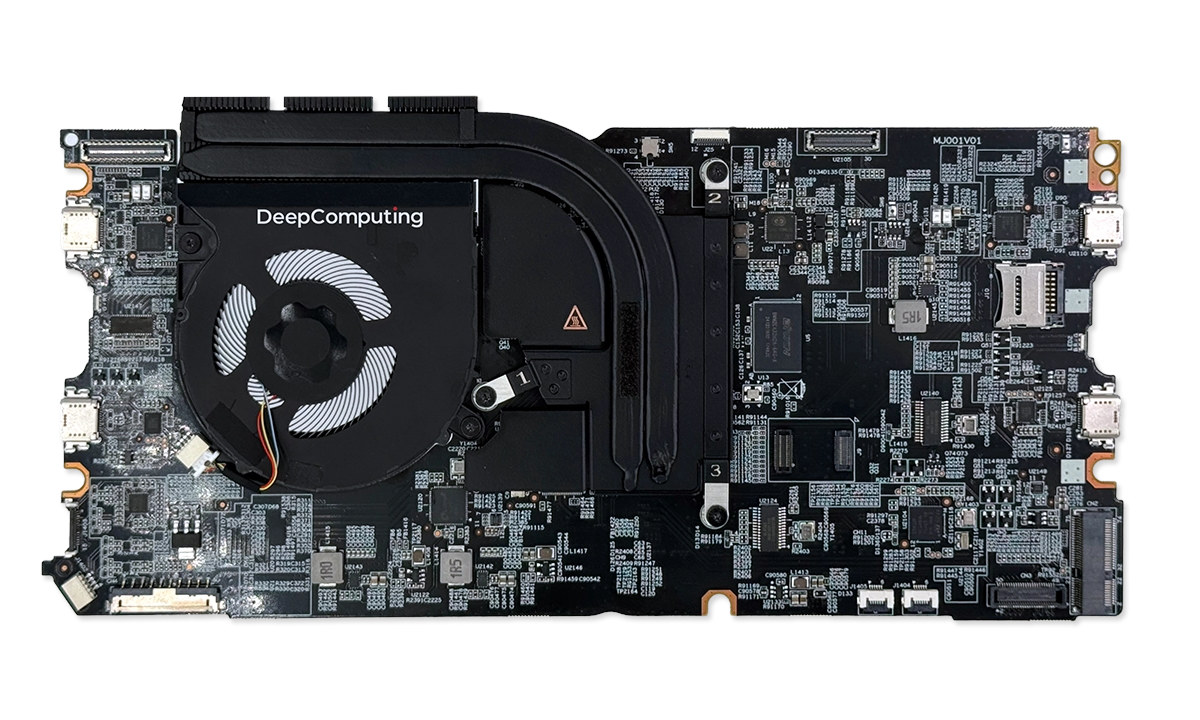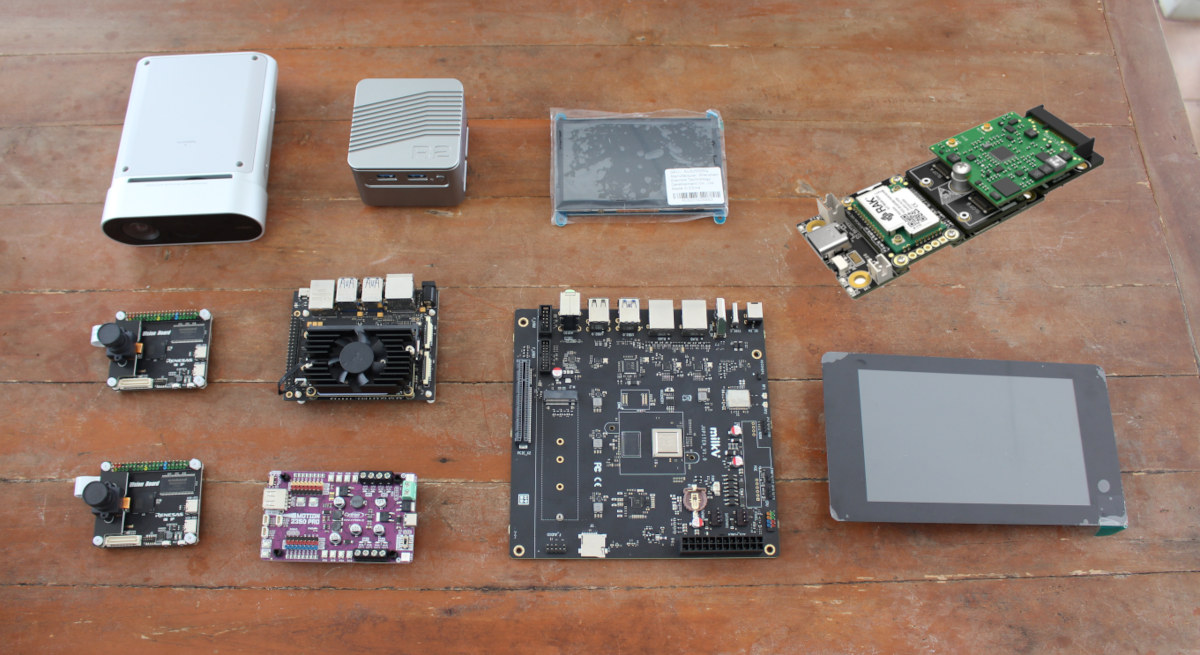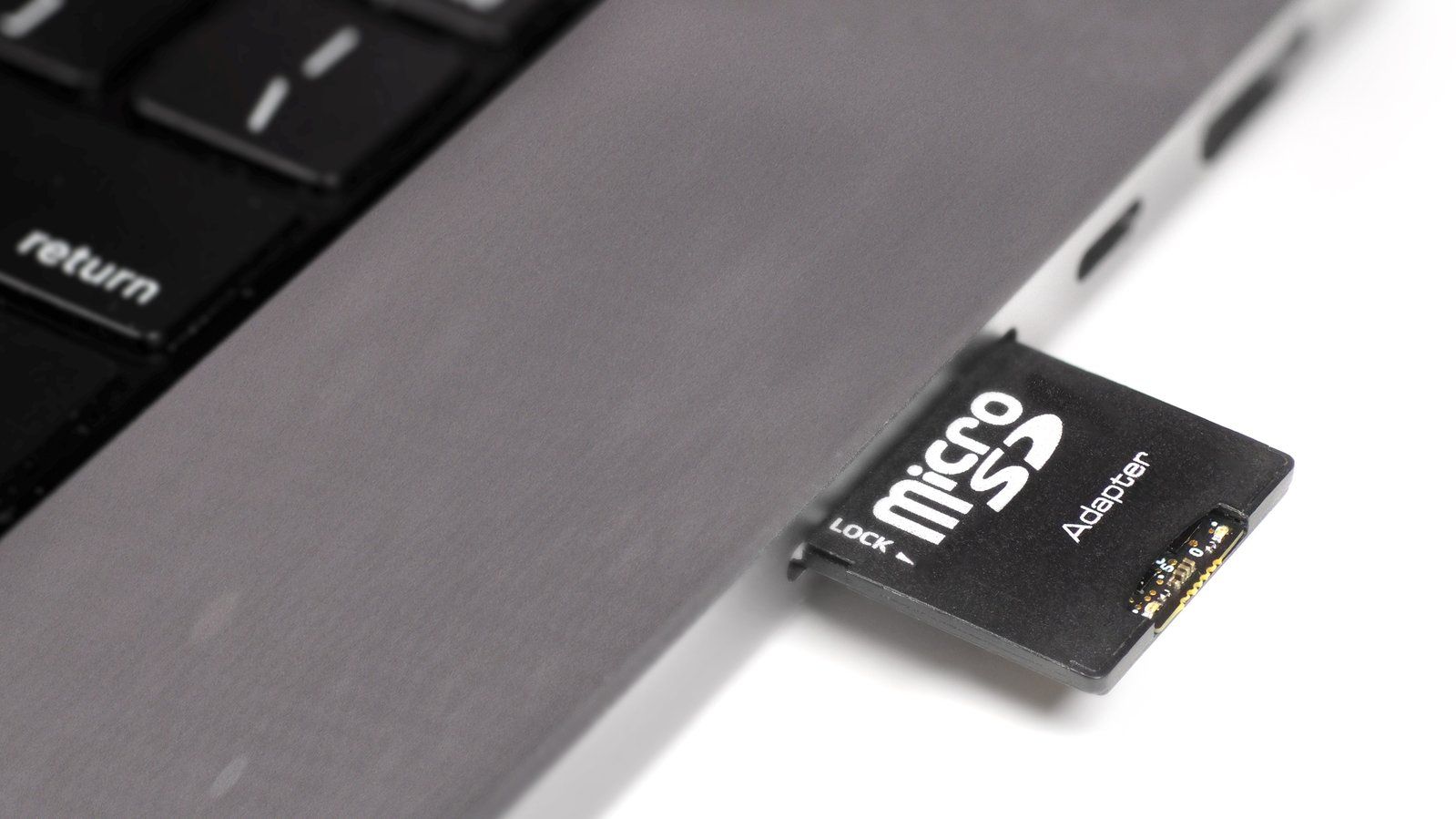Sipeed has recently released the MaixCAM-Pro AI camera devkit built around the SOPHGO SG2002 RISC-V (and Arm, and 8051) SoC which also features a 1 TOPS NPU for AI tasks. The module includes a 2.4-inch color touchscreen and supports up to a 5MP camera module. Other features include WiFi 6, BLE 5.4, optional Ethernet, built-in audio capabilities, a PMOD interface, GPIOs, and more. Additionally, it features an IMU, RTC chip, and AXP2101 power management for enhanced performance. The module is designed for AI vision, IoT, multimedia, and real-time processing applications. Just a few months back, Sipeed introduced the MaixCAM AI camera devkit, which is also built around the SOPHGO SG2002 RISC-V SoC. The new module improves on the MaixCAM with a redesigned PCB, upgraded casing, and various new features including a 2.4-inch IPS touchscreen (640×480), a 1W speaker, expanded IO interfaces, a power button, and an illumination LED. It also […]
Allwinner A733 octa-core Cortex-A76/A55 AI SoC supports up to 16GB RAM for Android 15 tablets and laptops
Allwinner A733 is an octa-core Cortex-A76/A55 processor with an optional 3 TOPS NPU and support for up to 16GB RAM designed for Android 15 tablets and laptops such as the Teclast P50Ai with a 10.92-inch touchscreen display. With two Cortex-A76 cores, six Cortex-A75 cores, an Imagination BXM-4-64 MC1 GPU, and an NPU, the Allwinner A733 looks very similar to the Allwinner A736 we noted in a roadmap last year. But there’s no news about the A736, so maybe the name was dropped and the Allwinner A733 was launched instead. Allwinner A733 specifications: CPU Dual-core Arm Cortex-A76 @ up to 2.00 GHz Hexa-core Arm Cortex-A55 @ up to 1.79 GHz Single-core RISC-V E902 real-time core GPU – Imagination Technologies BXM-4-64 MC1 VPU 8Kp24 H.265/VP9/AVS2 decoding (no mention of AV1) 4Kp30 H.265/H.264 encoding AI accelerator – Optional 3 TOPS NPU Memory 192 KB SRAM + 512 KB shared SRAM 32-bit LPDDR4/LPDDR4x/LPDDR5 interface […]
MIPS P8700 out-of-order 64-bit RISC-V processor targets automotive applications
MIPS first unveiled the MIPS P8700 series IP along with the I8500 multiprocessor IP cores in 2022, and the company has now announced the general availability of the P8700 64-bit RISC-V core. Built for Advanced Driver Assistance Systems (ADAS), ML, and software-based automotive applications, the MIPS P8700 Multiprocessing System (MPS) scales up to 64 heterogeneous clusters of out-of-order, multi-threaded multi-core MIPS CPUs. P8700 series RISC-V processor’s RISC-V architecture The P8700 is MIPS’ first RISC-V IP. It implements the RISC-V RV64GCZba_Zbb instruction set architecture. It allows the MPS to execute atomic operations, single-precision, and double-precision floating-point operations and incorporates bit manipulation extensions, which streamline data processing tasks. This capability with compressed instructions through the RISC-V C extension (RVC) allows for out-of-order multi-threading. P8700 series’ out-of-order multi-threading and heterogeneous clustering Out-of-order multi-threading simply means that the MPS processes multiple instructions simultaneously without following an order. Hence, the MPS can process even co-dependent […]
$29 Banana Pi BPI-CanMV-K230D-Zero features Kendryte K230D RISC-V SoC for AIoT applications
The Banana Pi BPI-CanMV-K230D-Zero is a compact and low-power single-board computer built around the Kendryte K230D dual-core XuanTie C908 RISC-V chip with an integrated third-generation Knowledge Process Unit (KPU) for AI computation. It follows the form factor of the Raspberry Pi Zero or Raspberry Pi Zero 2W board and targets IoT and ML applications. The SBC comes with 128MB of LPDDR4 RAM and uses a microSD card slot for storage. Additional features of this board include dual MIPI-CSI camera inputs for 4K video, a 40-pin GPIO header for I2C, UART, SPI, PWM, and more. Wireless features include 2.4GHz WiFi, USB 2.0 with OTG, and microphone support. These features make this SBC suitable for applications such as AI tasks such as image, video, and audio processing. Banana Pi BPI-CanMV-K230D-Zero Specifications SoC – Kendryte K230D CPU CPU1 – 64-bit RISC-V processor @ 1.6GHz with RVV 1.0 support CPU2 – 64-bit RISC-V processor […]
Qualcomm QCC730M dual-band WiFi 4 and QCC74xM WiFi 6, BLE 5.3, and 802.15.4 modules target low-power and IoT edge devices
Qualcomm has added two new IoT modules to its wireless connectivity product series: the Qualcomm QCC730M ‘micro-power’ WiFi 4 module and the QCC74xM tri-radio module, with both modules designed for smart homes, smart appliances, medical devices, and industrial applications. The Qualcomm QCC730M is a dual-band, micro-power Wi-Fi 4 module with a 60MHz Arm Cortex-M4F MCU, 640kB SRAM, 1.5MB RRAM, hardware crypto accelerator, and secure boot, debug, and storage. Its low-power design is ideal for portable, battery-powered IoT devices like IP cameras, sensors, and smart locks. Based on the Qualcomm QCC730 module, it features a 36-pin LGA package with a PCB antenna or RF connector and supports up to 4MB of optional NOR flash. The Qualcomm QCC74xM is Qualcomm’s “first programmable connectivity module,” integrating a 32-bit RISC-V module, optional stacked memory (PSRAM and NOR flash), and a tri-radio chipset for WiFi 6, Bluetooth 5.3, and IEEE 802.15.4 (Thread and Zigbee). Its […]
DC-ROMA RISC-V Mainboard is designed for the Framework Laptop 13 modular laptop
DeepComputing’s DC-ROMA RISC-V Mainboard is designed for the modular Framework Laptop 13 and powered by a StarFive JH7110 quad-core RISC-V processor running either Ubuntu 24.04 Desktop or Fedora 41 Linux distribution. The Framework Laptop 13 was initially offered with Intel Core i5-1135G7, Core i7-1165G7, or Core i7-1185G7 processor, but the advantage of a modular laptop is that you can replace components, and that’s exactly what the “DC-ROMA RISC-V Mainboard” does by allowing users/developers to do by switching to a less powerful RISC-V processor for software development. Framework Laptop 13 specifications with DC-ROMA RISC-V Mainboard: SoC – StarFive JH7110 CPU Quad-core 64-bit RISC-V SiFive U74 (RV64GC) processor @ up to 1.5 GHz with 32KB D-Cache, 32KB I-cache Single-core 64-bit RISC-V SiFive S7 (RV64IMAC) monitor core with 16KB I-cache, 8KB DTIM Single-core 32-bit RISC-V SiFive E24 (RV32IMFC) real-time control core with 16KB I-cache Up to 2MB L2 cache GPU – Imagination BXE-4-32 […]
Giveaway Week 2024 winners announced!
We’re now ready to announce the winners of CNX Software’s Giveaway Week 2024. We offered some of the review samples we tested (and some we did not test) in the last year, and for the fourth year running, RAKwireless also gave away two IoT development kits shipped directly to winners. This year’s prizes also included a RISC-V motherboard, a 3D depth camera, a few Arm development boards, two touchscreen displays, and an Alder Lake-N mini PC/router. All those products can be seen in the photo, minus some accessories. You’ll find more than seven devices because we organized the third Giveaway Week on CNX Software Thailand simultaneously with four prizes. We had seven winners on CNX Software: Jupiter RISC-V mini-ITX motherboard – François-Denis, Canada Orbbec Femto mega 3D depth and 4K RGB camera – Reifu, Japan RAKwireless Blues.ONE LoRaWAN, LTE-M, and NB-IoT devkit – OldCrow, Portugal Mixtile Core 3588E development kit […]
Signaloid C0-microSD is an iCE40UP5K FPGA SoM in the microSD card form factor (Crowdfunding)
Cambridge-based hardware and cloud computing company, Signaloid has begun crowdfunding for the C0-microSD – a tiny, programmable iCE40UP5K FPGA system-on-module (SoM) in a microSD card form factor. It comes preloaded with a RISC-V softcore and users can also load custom FPGA designs onto the board. Part of the Signaloid C0-microSD’s unique appeal is its SD card form factor, which allows it to fit in unused full SD or microSD slots. This allows the implementation of FPGA-based hardware acceleration in systems without traditional expansion interfaces like PCIe M.2 slots. It can also be interfaced with as a standard SD block device and used to bring hardware-accelerated data processing to existing industrial automation, manufacturing, and robotics systems. The iCE40UP5K FPGA SoM has two main use cases: a hot-pluggable FPGA module or a hot-pluggable RISC-V co-processor module. The SD interface allows you to load custom FPGA bitstreams and applications onto the module from […]


